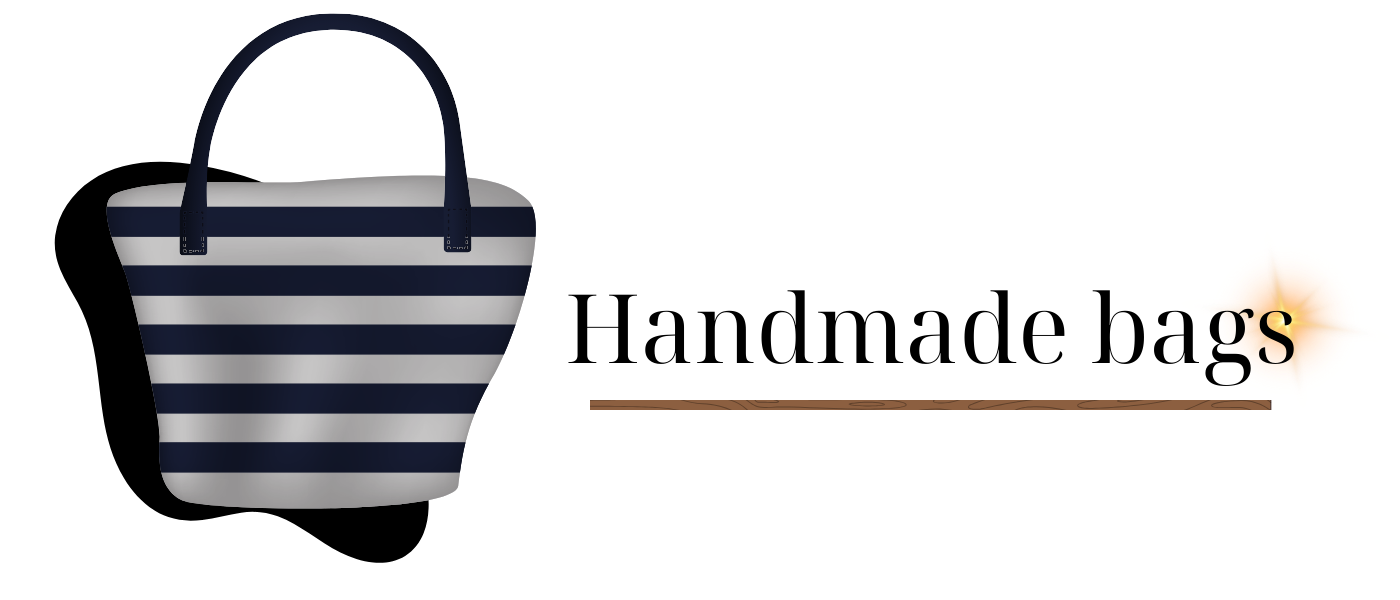Uncategorized
The Art of Beading: A Look into Handmade Figurines
Beading is a time-honored craft that has captivated artisans for centuries, evolving into a stunning form of artistic expression. Among the many creations born from this intricate work, handmade beaded figurines stand out for their delicate beauty and cultural significance. These tiny works of art require precision, patience, and a deep understanding of design, making each piece a unique masterpiece.
A Journey Through History
Beading has roots in various cultures, from the intricate beadwork of African tribes to the delicate designs of Native American art. Beads have been used not just for decoration but also as symbols of status, spiritual significance, and storytelling. Figurines, crafted from an array of colorful beads, often reflect the essence of these traditions, bringing to life animals, people, and abstract forms that have long been cherished in folk art.
The Materials and Techniques Behind the Craft
Creating beaded figurines starts with selecting the right materials. Tiny seed beads, often made from glass or plastic, are the main building blocks. Wire, thread, or fishing line is used to string these beads together, forming complex shapes and designs. The technique varies depending on the artist’s style, with some opting for traditional weaving methods, while others embrace more modern, free-form approaches.
Crafting these figurines can take hours or even days, as each bead must be carefully placed to create the desired shape. Whether it’s a lifelike animal or an abstract figure, the artist must have a clear vision and steady hands to bring it to life.
Popular Designs and Themes
Beaded figurines come in all shapes and sizes, with animals being one of the most popular themes. From elephants and birds to fish and butterflies, these tiny creations capture the spirit and form of the natural world. Other popular designs include human figures, mythical creatures, and abstract patterns, each reflecting the artist’s personal style and cultural influences.
Some artists create figurines that are deeply rooted in cultural symbols, such as totem animals or spiritual figures, while others focus on more playful, decorative designs that can be used as ornaments or gifts.
The Creative Process: A Labor of Love
For beading artists, the process is as important as the final product. Creating a figurine begins with a design concept, which is often inspired by the artist’s surroundings or cultural heritage. Once the idea is clear, the artist selects the right beads and begins the meticulous task of stringing them together.
Some figurines are designed in stages, with different parts being assembled separately before coming together as a whole. Others are built from a single string of beads, slowly growing in complexity as the artist works.
Cultural and Artistic Significance
Beaded figurines are more than just decorative objects; they often hold deep cultural significance. In many African and Native American cultures, beaded animals or figures represent spiritual beliefs, ancestral connections, and life’s mysteries. These figurines can be used in ceremonies, as symbols of protection, or as gifts to honor loved ones.
In the modern world, beaded art has found a new audience. Artists create figurines that reflect contemporary themes, from pop culture icons to abstract sculptures, bridging the gap between traditional craftsmanship and modern design.
The Future of Beaded Figurines
As interest in handmade crafts continues to grow, beaded figurines are gaining new fans worldwide. The blend of tradition, skill, and personal expression that goes into each piece ensures that beaded figurines will continue to be cherished by collectors and art enthusiasts for years to come.
Whether you’re drawn to the artistry behind these creations or their cultural stories, handmade beaded figurines offer a unique glimpse into the world of beading, where tiny beads come together to create something truly special.
